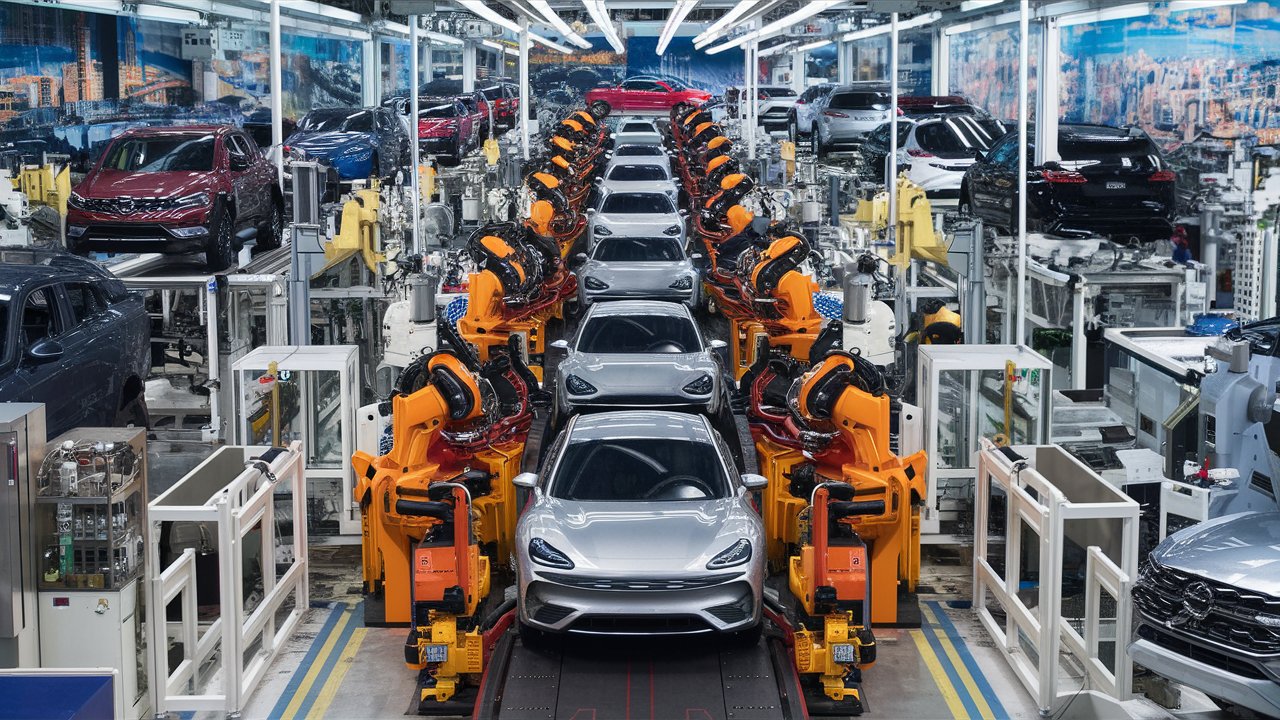Modern automobiles would not be the same without their custom stainless steel exhaust systems, which are essential for lowering emissions, improving efficiency, therefore guaranteeing general car economy. Exhaust system innovations develop in tandem with advancements in automobile technologies. This article explores the most recent developments in exhaust system technological advances, stressing significant breakthroughs and their effects on the auto industry.
Overview of Exhaust Systems
From their original function of releasing combustion gases into the atmosphere, exhaust systems have undergone tremendous development to become intricate parts which improve car performance & lessen their negative effects on the environment. The exhaust manifold, catalytic converter, oxygen sensors, & silencer are common parts of an exhaust system. To guarantee the effective control of exhaust gases, every component functions together.
Catalytic Converters: Innovative Designs
The creation of sophisticated catalytic converters makes up one of the biggest developments in exhaust systems. Prior to leaving the vehicle’s exhaust, these gadgets play a critical role in transforming dangerous pollutants into less damaging emissions. Utilising cutting-edge materials & coatings to extend the life and improve the effectiveness of catalytic converters is one example of recent developments.
Catalysts at the Nanoscale
A significant advance in catalytic converter technologies is represented by nano-catalysts. These catalysts increase the surface area available for chemical responses by employing nanoparticles, which boosts the effectiveness of pollutant conversion. The invention prolongs the catalytic converter’s life and enhances its function, which lowers the frequency of replacements.
Superior Finishes
The performance of catalytic converters has also shifted dramatically with the development of sophisticated coatings. Rhodium, palladium, & platinum coatings are utilised to improve the catalytic process. The goal of recent advances has been to reduce the quantity of valuable metals needed while increasing the performance of these coatings by optimising their bonding and distribution.
DPFs, or diesel particulate filters
Diesel engines, which are renowned for their torque & fuel efficiency, have had problems with particle emissions. Diesel Particulate Filters (DPFs) are now the industry norm for removing particulate matter from diesel exhaust by trapping & reducing them. The goal of recent developments has been to increase DPFs’ general effectiveness and regeneration procedure.
Regeneration, both Active and Passive
To guarantee peak performance, newer DPFs combine active and passive regenerating techniques. Adding more fuel to the exhaust stream during active regeneration raises temperatures and burns off collected soot. In contrast, normal exhaust temperatures are used by passive regeneration to accomplish the same goal. Recent developments have produced regeneration methods that are more reliable as well as effective, lowering the need for regular upkeep.
Superior Integration of Sensors
The efficiency of DPF devices has been substantially improved with the addition of sophisticated sensors. The engine control unit (ECU) of the car receives real-time data from these sensors, which track soot buildup, temperature, as well as pressure. With the use of this data, the procedure for regeneration can be precisely controlled, guaranteeing the best possible DPF longevity and performance.
Catalytic reduction with selection (SCR)
The technology known as Selective Catalytic Reduction (SCR) is mostly utilised in diesel engines to lower output of nitrogen oxide (NOx). By injecting a urea-based solution, sometimes referred to as diesel exhaust fluid (DEF), into the exhaust stream, this gadget creates harmless nitrogen & water through a reaction with NOx. SCR technology has recently advanced with an emphasis on increasing integration & efficiency.
Improved NOx Detectors
Newer SCR systems have improved NOx sensors which measure exhaust NOx levels in real time and with accuracy. With the help of these sensors, DEF injection may be precisely controlled, resulting in the best possible reduction of NOx emissions and DEF consumption. An exhaust system that can be both ecologically friendly as well as effective is the ultimate result.
ASCs, or ammonia slip catalysts
A problem in SCR technology involves ammonia slip, the release of unreacted ammonia from the SCR device. This problem is resolved by the addition of Ammonia Slip Catalysts (ASC), which transform surplus ammonia into innocuous nitrogen and water. It lessens the environmental effect of diesel engines while increasing the general efficiency of SCR systems.
Electricity and Mixed-Systems
The transition to hybrid and electrified vehicles additionally had an impact on exhaust system technology. Hybrid cars, which mix internal combustion engines and electric powertrains, require creative exhaust systems, whereas electric vehicles (EVs) don’t need conventional exhaust systems.
Systems for Recovering Heat from Exhaust
Exhaust heat recovery systems that collect and use the heat from exhaust gases to increase efficiency in general, are beneficial to hybrid cars. With the use of this method, exhaust heat is transformed into electrical energy that may be utilised to recharge the car’s battery or operate supplementary systems. As a result, emissions are decreased and fuel efficiency is increased.
Lightweight Materials
Exhaust systems made of lightweight components are becoming more and more popular, especially for hybrid cars. Manufacturers are able to decrease the weight of exhaust systems, which helps to reduce the total weight of vehicles, by using materials like aluminium and sophisticated composites. With enhanced performance & energy efficiency, hybrid cars are now more competitively priced.
Final Words
The automobile manufacture is always on the lookout for what is physically possible whether it is in case of hybrid vehicle exhausts, right from diesel particle filters to catalytic reduction systems having unconventional catalytic converters. We can only expect further inventions of groundbreaking technologies that are projected to shape the design of the exhaust system in the future as technology gets better and forms a cleaner, efficient car.

